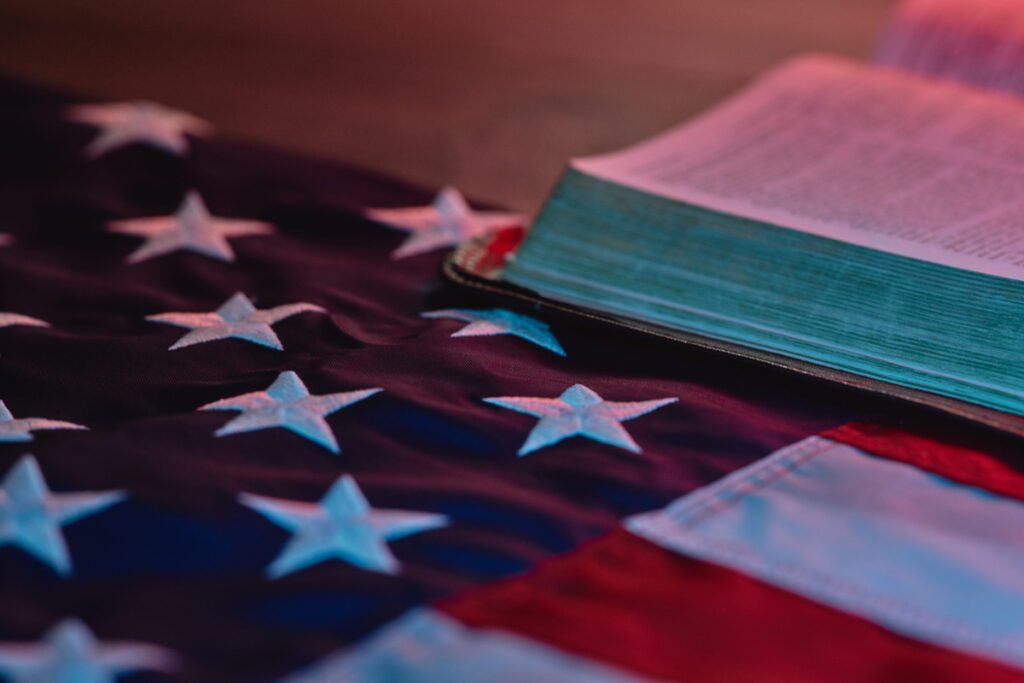
About the First Amendment
August 24, 2022
“Congress shall make no law respecting an establishment of religion, or prohibiting the free exercise thereof; or abridging the freedom of speech, or of the press, or the right of the people peaceably to assemble, and to petition the Government for a redress of grievances.” – Amendment One, United States Constitution
The Heritage Foundation
In recent years the U.S. Supreme Court’s rulings have placed the First Amendment’s Establishment and Free Exercise of Religion Clauses in tension, but it was not so for the Framers. None of the Framers believed that a public role for religion was an evil in itself.
Rather, many opposed an established church like the established Anglican Church in England because they believed that it was a threat to the free exercise of religion. Their primary goal was to protect free exercise.
That was the main thrust of James Madison’s famous Memorial and Remonstrance Against Religious Assessments (1785), in which he argued that the state of Virginia ought not to pay the salaries of the Anglican clergy because that practice was an impediment to a person’s free connection to whatever religion his conscience directed him. READ MORE >>
Free Exercise of Religion
The Heritage Foundation
Establishing freedom of religion as both constitutional principle and social reality is among America’s greatest contributions to the world.
Nevertheless, the concept of free exercise of religion is not self-defining. The boundaries of free exercise, like those of other rights, must be delineated as against the claims of society and of other individuals.
The history of the Free Exercise of Religion Clause, in both its original understanding and modern interpretations, reveals two recurring impulses, one giving free exercise a broad, the other a narrow, scope. READ MORE >>

